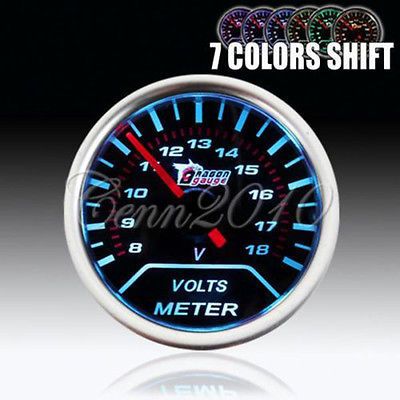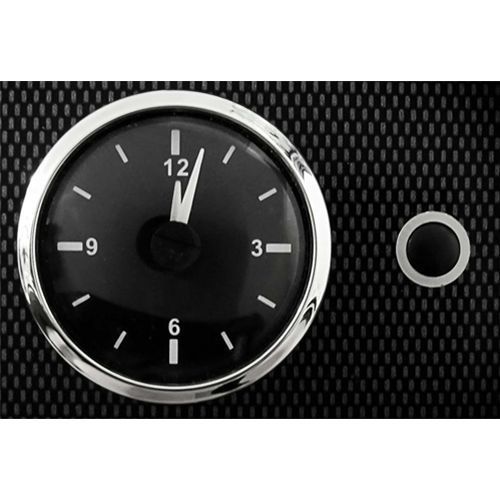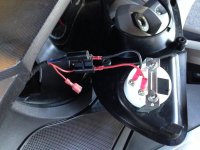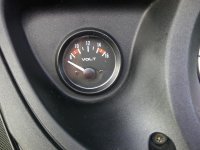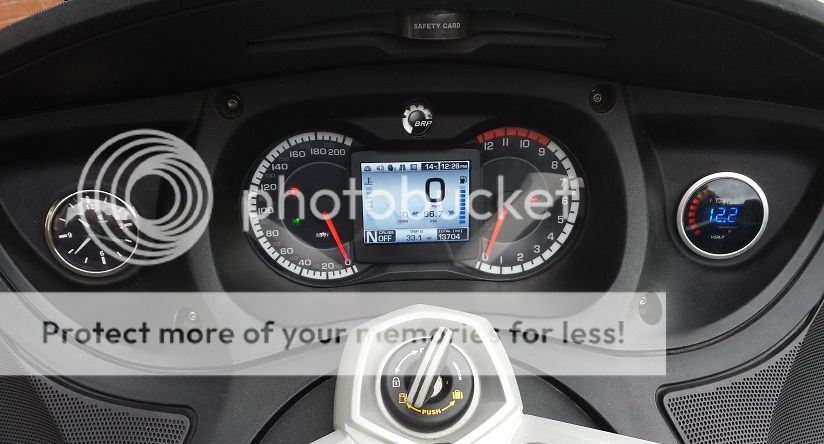I want to replace fuel gague with digital clock, does anyone know which wire is power and which is light in multipin connector? don't want to hook up to the fuel sender wire by accident:banghead:
I disassembled and it was self explanatory but had to get constant power from main harness also, thanks for replys
I disassembled and it was self explanatory but had to get constant power from main harness also, thanks for replys
Last edited:

